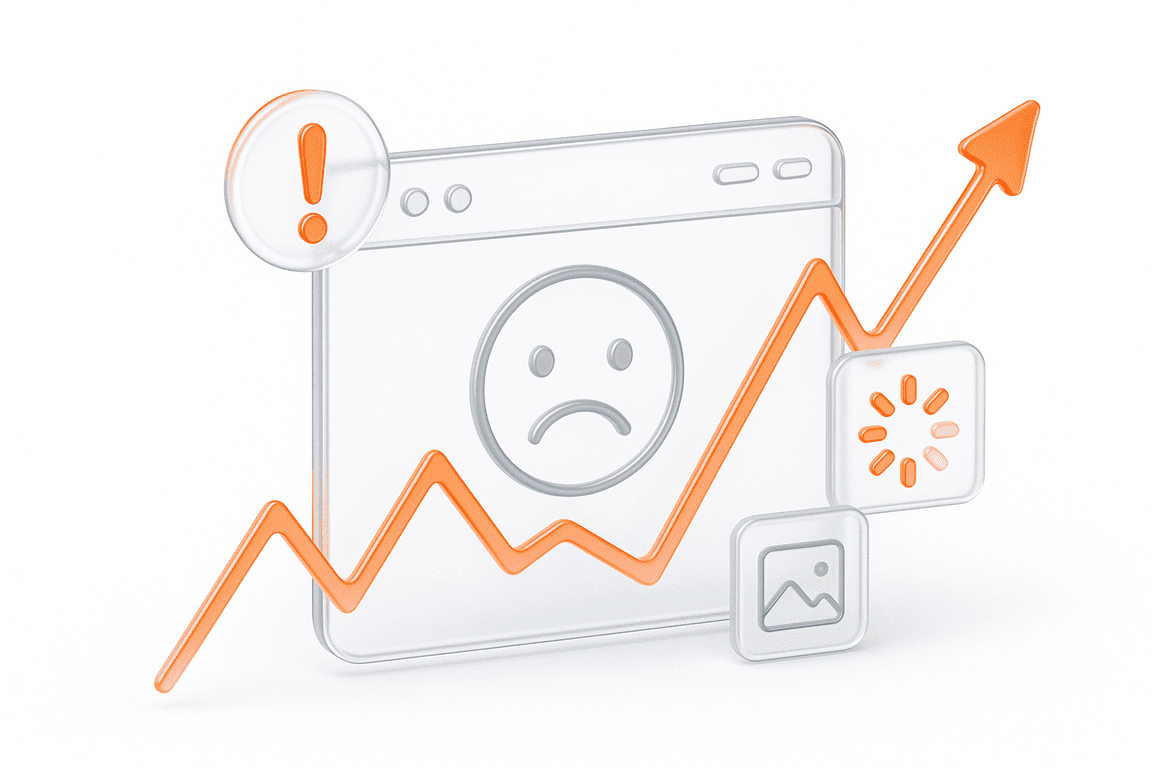Key Takeaways
When your user base grows, your application faces new challenges. Scalability testing in software testing helps you anticipate these moments clearly and confidently. Instead of guessing if your system can keep pace, you’ll know exactly how it behaves under increasing pressure. In this guide, we’ll cover precisely what scalability testing is, why it matters, and how it fits into broader performance testing strategies. You’ll find practical advice, real-world scenarios, and straightforward steps to conduct effective scalable tests.
What Is Scalability Testing?
Scalability testing is a specialized practice within performance testing that evaluates a system’s ability to handle increasing workloads. It doesn’t simply push software to its limits; rather, scalability testing measures how gracefully your system adapts as more users, data, or transactions flow through it.
A common misconception is treating scalability testing like stress or load testing. Unlike these tests, scalability testing isn’t focused primarily on discovering the system’s maximum capacity or finding specific performance bottlenecks. Instead, the objective here is understanding precisely how well your application or infrastructure accommodates steady and incremental growth.
For example, scalability testing may involve gradually increasing the number of simultaneous users from several hundred to tens of thousands, tracking how this incremental change affects response times and system stability. It gives clear, measurable insight into whether your system can maintain a consistent quality of service under real-world growth scenarios. Crucially, this allows businesses to anticipate the need for infrastructure upgrades or optimizations long before users experience degraded performance.
Scalability Testing vs Capacity Testing
While both scalability testing and capacity testing relate closely to understanding system performance under various loads, their objectives differ significantly.
Scalability testing explores how well your application adapts to growth. It seeks to answer questions like, “If user demand steadily increases, does the system handle it smoothly and consistently?” In this testing, you’re focused on observing the software’s incremental response to growing workloads.
On the other hand, capacity testing identifies the maximum load a system can handle before performance noticeably degrades. It’s aimed at pinpointing exact thresholds — essentially, determining the point at which your application reaches its performance limits.
Here’s a clear, quick comparison:
| Aspect | Scalability Testing | Capacity Testing |
| Primary Goal | Evaluate adaptability to growth | Identify maximum performance limits |
| Test Approach | Gradual load increase | Load until maximum is reached |
| Focus Area | Stable growth | Performance thresholds |
| Outcome | Confidence for future growth | Defined capacity limits |
Key Benefits of Scalability Testing
Scalability testing is valuable because it cuts through the guesswork, providing concrete, actionable data on how your system behaves under realistic growth conditions. For performance engineers, this data goes deeper than surface-level insights — it delivers practical advantages directly applicable to daily engineering challenges:
Key Steps of Scalability Testing
Effective scalability testing in performance testing involves a structured process. Each step is critical for capturing reliable data of your system’s real-world scaling behavior:
Popular Scalability Testing Tools
Selecting a suitable tool greatly influences the quality and depth of your scalability testing results. Each option below has distinctive features, strengths, and limitations clearly relevant to professional engineers:
PFLB
PFLB is a modern, cloud-native platform designed explicitly to handle large-scale scalability testing. It emphasizes clarity and accuracy through advanced automation and analytics:
PFLB also offers load and performance testing services.
Apache JMeter
Apache JMeter is an established open-source Java-based tool suitable for load, scalability, and stress testing across multiple protocols:
Gatling
Gatling, built on Scala and Netty, is optimized for high-performance scalability tests, providing strong scripting and efficient resource utilization:
K6
K6 has become popular for its ease-of-use, developer-friendly scripting, and seamless integration into modern development pipelines:
Locust
Locust is a lightweight Python-based scalability testing tool highly praised for simplicity, flexibility, and user-friendly scenario scripting:
Final Thoughts
Scalability testing is crucial for ensuring optimal performance as demand increases. By clearly understanding its purpose, differentiating it from similar tests and applying structured workload models, engineering teams can identify issues and align infrastructure investments with actual business needs.
Choosing the right tool significantly influences the depth, accuracy, and practicality of your scalability insights. Among current platforms, PFLB stands out by delivering AI-driven analytics, automated workload modeling, and streamlined integrations, offering engineers deeper and more detailed insights from every scalability test conducted.
Ultimately, thorough scalability testing ensures you’re not guessing how your system scales — you’re actively shaping its ability to meet real-world demands.
Related insights in blog articles
Professional vs. In-House Website Load Testing: Which One Do You Really Need?

Thriving in the fierce digital space is what every business strives for. While high-traffic events like targeted marketing campaigns, paid ads, product launches, and seasonal spikes certainly help win over customers and skyrocket sales, they also abruptly expose hidden website vulnerabilities to users. To assess website readiness for traffic surges and prevent weaknesses, such as […]
How Website Performance Impacts E-Commerce Sales and Cart Abandonment

Every e-commerce store has mere milliseconds to make the right impression on shoppers. When prospects land on a product page, they assess every single metric, and e-commerce website performance and speed are the most critical ones. In most scenarios, impatient users will bounce instantly — at the slightest hint of latency caused by high loads […]
10 Signs Your Website Can’t Handle Traffic Spikes: Everything you need to know

Your campaign goes live, clicks start pouring in, and traffic shoots up fast. It’s the moment you’ve been waiting for, until everything slows down. Pages take ages to load, checkout freezes, and visitors disappear before they can buy. It’s a frustrating twist: the success of your marketing draws in more people than your website can […]
Why Averages Lie: Mathematical Methods for Load Testing

Relying on “average” metrics alone makes load testing surprisingly inaccurate. In this article, we’ll show how to avoid the usual traps and walk through practical techniques for mathematically modelling a workload profile, from analyzing variance and correlations to spotting Simpson’s paradox and validating the final model. When a company moves to a new system, the […]
Be the first one to know
We’ll send you a monthly e-mail with all the useful insights that we will have found and analyzed
People love to read
Explore the most popular articles we’ve written so far
- Top 10 Load Testing Tools for 2025: The Deep Dive Sep 9, 2025
- Cloud-based Testing: Key Benefits, Features & Types Dec 5, 2024
- Benefits of Performance Testing for Businesses Sep 4, 2024
- Android vs iOS App Performance Testing: What’s the Difference? Dec 9, 2022
- How to Save Money on Performance Testing? Dec 5, 2022

